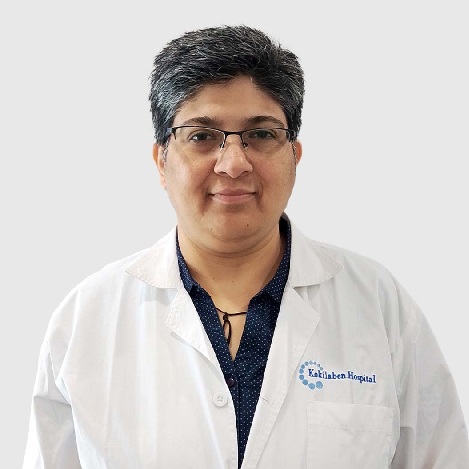Hodgkin’s lymphoma treatment aims at destroying as many lymphoma cells as possible and bringing the disease into remission. The treatment choice depends on various factors, including the stage of the disease, the subtype of Hodgkin’s lymphoma, the patient’s overall health, and individual preferences. The main treatment options for Hodgkin’s lymphoma include:
Chemotherapy: Chemotherapy is the primary treatment for most cases of Hodgkin’s lymphoma. It involves using powerful drugs to kill cancer cells or prevent their growth and division. Hodgkin’s lymphoma chemotherapy can be taken as a pill or through a vein in the arm.
While it may be the only treatment needed for classical Hodgkin’s lymphoma, chemotherapy may be combined with radiation therapy or targeted therapy for NLPHL.
Radiation Therapy: This treatment targets and destroys cancer cells by using high-energy beams, such as X-rays. Depending on the disease extent, it may be used alone or combined with chemotherapy.
Radiation therapy is often directed at the areas affected by lymphomas, such as lymph nodes or the organs involved. For early-stage NLPHL, radiation therapy may be the only treatment required.
Immunotherapy: Immunotherapy uses drugs to stimulate the body’s immune system to recognise and attack cancerous cells. One example of immunotherapy in Hodgkin’s lymphoma is brentuximab vedotin, specifically targeting CD30-positive Hodgkin’s lymphoma cells.
Targeted Therapy: Targeted therapy drugs specifically target certain molecules or genetic mutations in cancer cells. For NLPHL, targeted therapies are often combined with chemotherapy.
Bone Marrow Transplant: In certain cases, high-dose chemotherapy and/or radiation therapy may be followed by a bone marrow transplant. Stem cells from the patient (autologous transplant) replace damaged bone marrow with healthy stem cells.
This procedure may be an option for a Hodgkin’s lymphoma relapse or when it does not respond to other treatments. Less frequently, providers may perform an allogeneic stem cell transplant (taking stem cells from a donor).
Please note: The treatment choice is based on the patient’s health and the treating doctor’s opinion.
Cost of Hodgkin’s Lymphoma Treatment
The expense of treating Hodgkin's lymphoma in India can differ based on various factors. These factors include the specific type and stage of cancer, the chosen treatment method, the age of the patient, the location and type of hospital, and the doctor's level of expertise.
The following table provides information on the costs associated with different treatment options for lymphoma.
| Surgery Name |
Surgery Cost |
| Chemotherapy |
₹ 75,000 to ₹ 2,50,000 |
| Radiation Therapy |
₹ 60,000 to ₹ 2,00,000 |
| Targeted Therapy |
₹ 80,000 to ₹ 2,25,000 |
| Immunotherapy |
₹ 80,000 to ₹ 2,25,000 |
| Stem Cell Transplantation |
₹ 15,00,000 to ₹ 27,00,000 |
Hodgkin’s Lymphoma Survival Rate
Hodgkin’s lymphoma survival rate varies depending on various factors such as the stage of the disease, age at diagnosis, overall health, and response to treatment. One must note that survival rates are statistical estimates that may not reflect an individual’s prognosis.
The five-year survival rate for people with localised Hodgkin’s lymphoma is 93%.
When the cancer spreads regionally, the five-year survival rate is 95%.
Stage 4 Hodgkin’s lymphoma survival rate (cancer has spread to different body parts) is 83%.


































